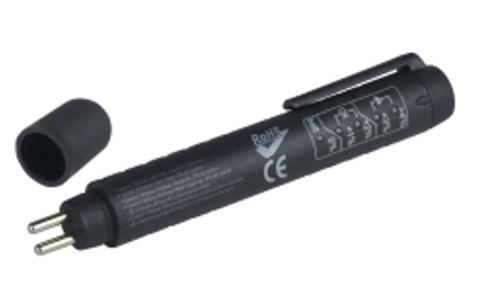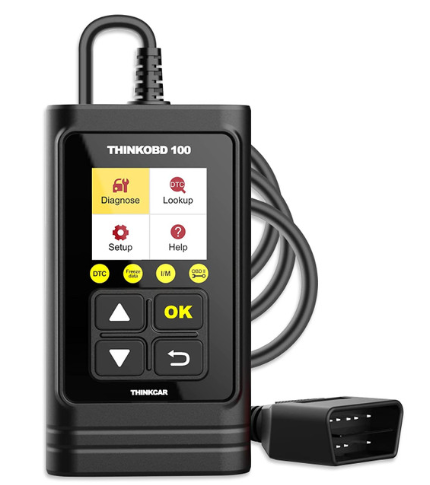How to Service Brakes in 6 Steps? - A Brief Guide
26th Feb 2024
Brakes are important instruments ensuring safety and silently working every time you hit the pedal. Yet, their maintenance is often overlooked until a screeching noise or a longer stopping distance raises an alarm. Understanding how to service your brakes can not only save you money but also ensure your safety on the road.
Servicing brakes might seem difficult, but it's a manageable task with the right tools and guidance. It involves a series of straightforward steps that, when done correctly, can extend the life of your brakes and improve your vehicle's performance. Whether you're a seasoned DIYer or a first-time car owner, learning these tips will prove handy whenever you’re on the road.
In this guide, we'll walk you through the 6 easy steps to service your brakes. This guide is designed to provide clear, easy-to-follow instructions. Let's dive into the specifics and help you gain the confidence to tackle this essential maintenance task.
6 Easy Steps To Service Your Vehicle Brakes
Below are the easy to do 6 steps to service your vehicle brakes like a trained mechanic.
1- Brake Fluid Inspection and Replacement
Begin by examining the brake fluid level and quality. If the fluid is dark or contains debris, it's time for a change. Use a brake fluid tester to check for moisture content. To replace the fluid, you'll need to bleed the brakes to ensure no air is trapped in the brake lines.
2- Rotor Resurfacing or Replacement
Now it’s time to inspect the rotor for warping, grooves, or cracks. Minor imperfections can often be addressed through resurfacing, which involves smoothing the rotor surface. However, if the damage is extensive or the rotor is below the minimum thickness, replacement is required.
3- Caliper Guide Pin Lubrication and Inspection
After inspecting the rotor, the next step is to check the caliper guide pins. These pins ensure smooth caliper movement. Remove them, clean off old grease, inspect for wear or damage, and lubricate them with high-temperature brake grease before reinserting. This step helps in preventing caliper sticking or uneven brake pad wear.
4- Brake Pad Hardware Check and Replacement
Moving on, examine the brake pad hardware, including shims, clips, and sliders. These components can wear out or corrode, causing brake noise or reduced effectiveness. Replace the damaged brake pads with new ones and worn hardware to ensure optimal brake function and longevity.
5- Adjust Brake Pedal Height and Free Play
After servicing the brakes, check the brake pedal height and free play. Adjustments are necessary to ensure the pedal is at the correct height and has the right amount of free play before the brakes engage. This is important for comfortable and responsive braking.
6- Electronic Brake System Check
If your vehicle has an electronic brake system, such as ABS or electronic parking brakes, a system diagnostic using an OBD (On-Board Diagnostics) scanner is recommended. This will ensure all electronic components are functioning correctly and there are no fault codes present, ensuring the safety and reliability of your braking system.
FAQs
- Can I service my brakes without specialized tools?
While basic tools like a wrench and jack are essential, some steps may require specialized tools such as a brake caliper tool or OBD scanner. - How often should I service my vehicle's brakes?
It's recommended to check your brakes every 12,000 miles. However, if you frequently drive in harsh conditions or notice any changes in braking performance, more frequent checks are advised. - Is it safe to service brakes on my own if I'm inexperienced?
Servicing brakes can be done by beginners, but it requires careful attention to detail. If you're unsure, start with simpler tasks like inspecting brake pads. For more complex steps, seeking assistance from a professional or experienced friend is a safer option.
Servicing Your Brakes with Tools from JB Tools
Servicing your brakes is a crucial task that ensures safety and performance. Regular maintenance, using the right tools and steps, can save you money and keep your vehicle running smoothly. Always prioritize safety, and don't hesitate to seek professional help if needed. Happy and safe driving!




